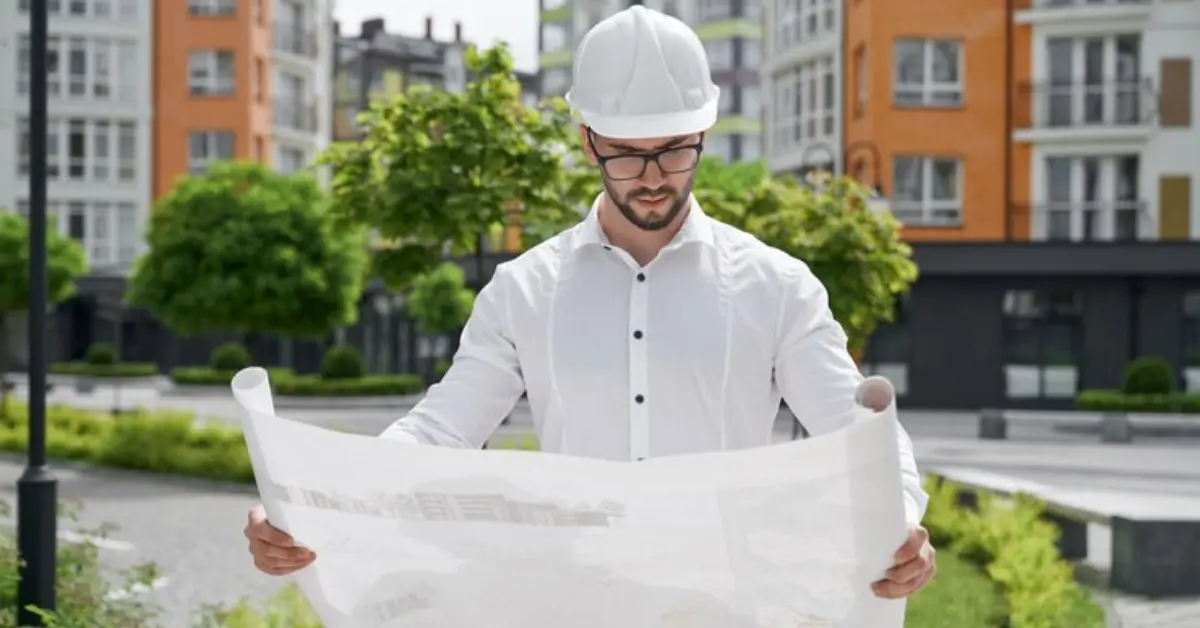Islamabad, with its stunning landscape and rapid urban growth, is becoming a hub for exciting architectural trends. As the city expands, homeowners are embracing modern and sustainable designs for their homes. This blog delves into the top trends in residential architecture in Islamabad and Rawalpindi, showcasing what local homeowners desire and how architects in Rawalpindi and Islamabad are responding to these demands with innovative and functional designs tailored to the local market.
Sustainable Architecture on the Rise
With growing awareness of environmental concerns, sustainable architecture is gaining traction in Islamabad. Homeowners are increasingly choosing eco-friendly materials and energy-efficient designs, such as solar panels, rainwater harvesting systems, and natural ventilation. These features not only help lower electricity and water bills but also promote a greener environment. Sustainable architects in Islamabad are integrating these elements into residential projects, ensuring long-term sustainability and aligning with the rising trend of conscious living.
Modern and Minimalist Design Trends
In recent years, modern architecture has gained significant popularity in Islamabad. Clean lines, open spaces, and minimalist interiors are now the top choices for many homeowners. This shift towards simplicity has created a demand for homes that are functional yet aesthetically pleasing. Architects are designing homes that maximize space while maintaining a sleek and modern look. The minimalist approach is especially popular among younger families and professionals in the city, who appreciate the balance of style and practicality.
Blending Indoor and Outdoor Spaces
Sustainable building is gaining popularity as environmental concerns continue to grow. Expert Islamabad architects are at the forefront of this movement, focusing on modern, eco-friendly design solutions. Their approach includes integrating solar panels, using energy-efficient materials, and designing structures that maximize natural light and ventilation, all aimed at creating environmentally conscious and sustainable spaces.
Smart Homes: The Future of Living
As technology becomes more accessible in Pakistan, smart homes are becoming a popular trend in Islamabad. Home automation systems, including smart lighting, security, and temperature controls, are being integrated into new residential designs. This trend is particularly appealing to luxury homeowners who are looking for convenience and modern living solutions. Smart homes offer enhanced security and energy efficiency, making them a practical choice for families in Islamabad’s growing urban landscape.
Affordable and Flexible Home Designs
keeping costs down, ensuring that families can enjoy modern living without overspending.While luxury homes are popular in some areas, there’s also a growing demand for affordable home designs that cater to middle-income families. Many architects are offering customizable solutions that allow homeowners to design their dream homes within a budget. This trend is helping to make modern architectural designs accessible to a wider audience in Islamabad. The focus is on maximizing space and functionality while
Interior Design with a Local Touch
In Islamabad, interior design trends are increasingly reflecting the cultural heritage of Pakistan. Architects and interior designers are incorporating traditional elements such as local craftsmanship, artisanal furniture, and regional materials into modern homes. This blend of tradition and modernity creates unique and personalized living spaces that reflect the homeowner’s taste and cultural background. Local Imaterials not only add character to homes but also support local industries, making this trend both stylish and socially responsible.
Adhering to Building Regulations and Urban Planning
With Islamabad’s rapid development, strict building regulations have been put in place to ensure that new homes meet safety and environmental standards. Architects are now more mindful of these regulations, ensuring that homes are built to comply with local codes. This includes considerations such as energy efficiency, earthquake resistance, and sustainability. As Islamabad continues to grow, urban planning projects are also playing a role in shaping the city’s residential architecture, with a focus on creating more green spaces and sustainable infrastructure.
Showcasing Architectural Expertise
With the increasing demand for unique and personalized homes, many architecture firms in Islamabad are expanding their portfolios to showcase their skills. Homeowners now prefer working with architects who can offer a wide range of styles, from modern to traditional. A strong portfolio allows architects to build trust with clients and provide them with inspiration for their dream homes. Whether designing for small homes or luxury residences, having a diverse portfolio is becoming essential in the competitive market of Islamabad.
Conclusion
The residential architecture landscape in Islamabad is evolving rapidly, with trends focusing on sustainability, modern living, and cultural relevance. Whether it’s incorporating eco-friendly solutions, embracing modern minimalist designs, or blending traditional elements with contemporary styles, the architecture in Islamabad is reflecting the changing needs and aspirations of Pakistani homeowners. As more families look to build homes that are both
FAQS:
What do interior designers usually charge?
Interior designers typically charge based on the project scope, with rates varying between 10% to 20% of the total project cost. Some designers also charge hourly rates or flat fees.
What is a good budget for interior design?
A good budget for interior design can range between 5% to 10% of the home’s overall value. However, this can vary depending on the size of the space and the complexity of the design.
What are the current architectural trends in Islamabad?
Current trends include sustainable design, smart homes and automation, minimalist aesthetics, and the fusion of indoor and outdoor spaces.
What is the minimum budget for interior design?
The minimum budget for interior design generally starts around PKR 50,000 to PKR 100,000 for smaller spaces or simpler projects, but this can vary depending on location and project needs




Comments are closed